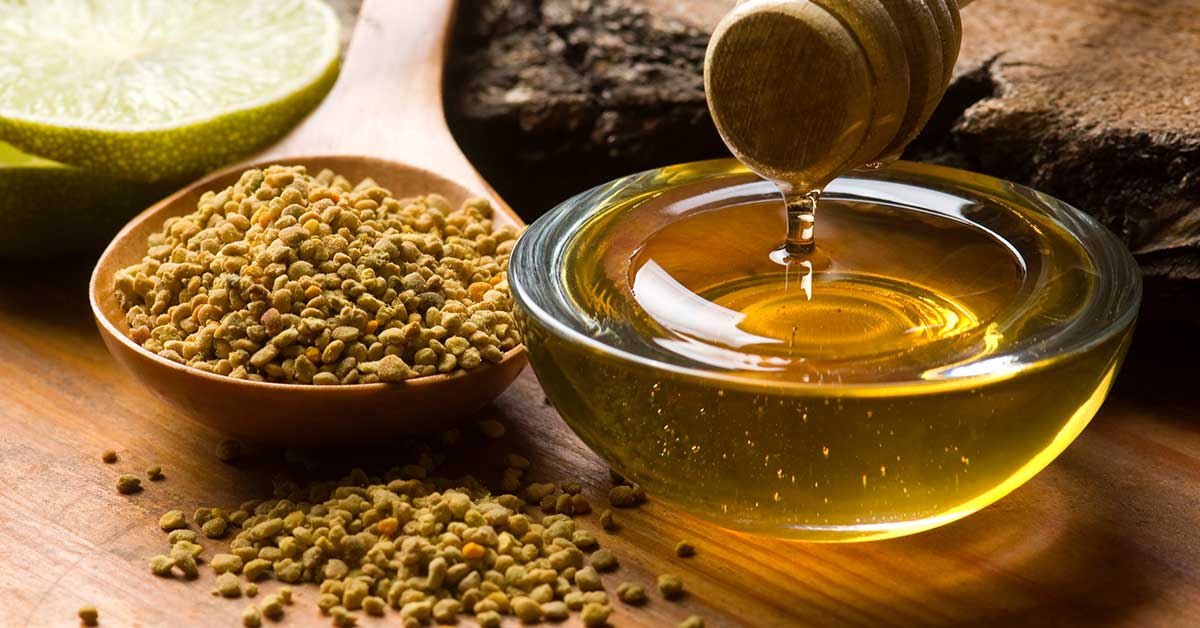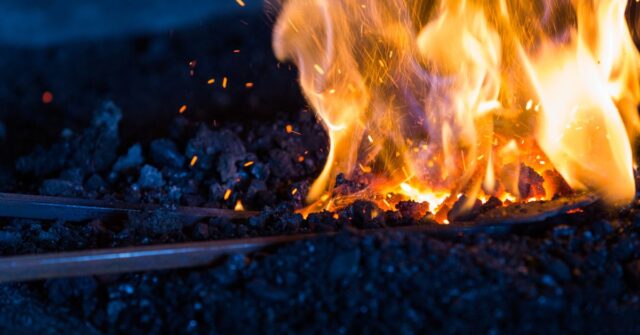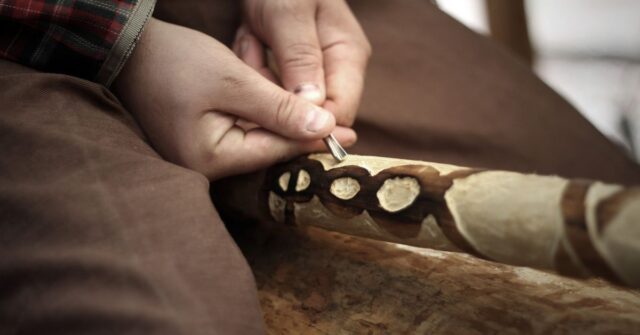Welcome, brave brewer! You’re about to embark on a historical journey, transforming simple ingredients into the legendary drink of the Vikings.
Mead, often hailed as the ancestor of all fermented drinks, was not just a beverage but a vital part of Norse culture, celebrated for its strength and sweetness.
Let’s dive into the art of mead-making, shall we? Grab your horn, and let’s fill it with knowledge first!
The History of Mead: Nectar of the Norse
The story of mead is as old as the hills, perhaps older. This golden liquid was more than just a drink for the Vikings; it was a symbol of prosperity, health, and creativity.
According to lore, mead was thought to bestow wisdom and poetic inspiration. Imagine sipping the same drink that once fueled the sagas and tales of the ancient Norse!

Origins and Historical Significance
Mead’s origins are lost in the mists of time, with evidence suggesting its existence over 8,000 years ago.
The Vikings, however, didn’t just drink mead; they celebrated it, intertwined with mythology and everyday life.
It’s said that a great mead hall was the center of any Norse community, where stories of valor were shared over cups of this enchanting beverage.
Mead in Viking Culture and Mythology
In the heart of Norse mythology lies the Mead of Poetry, a divine brew believed to grant anyone who drinks it the ability to recite any information and solve any question.
This magical mead was guarded by giants and sought after by gods and mortals alike, showing just how pivotal mead was to the Viking worldview.
The Evolution of Mead Making Through the Ages
Though the Vikings may have perfected the craft, the art of mead-making has evolved significantly, adapting to different cultures and tastes.
From the sacred halls of Valhalla to the modern craft breweries, mead has made a spectacular comeback, embracing both tradition and innovation.
Understanding Mead: Types and Tastes
Before we embark on our brewing quest, let’s understand the landscape. Mead, in its essence, is fermented honey and water, but like any great saga, it comes in many chapters.
From dry to sweet, still to sparkling, the types of mead are as varied as the Norse gods themselves.
Traditional vs. Modern Mead
Traditional mead was a straightforward affair: honey, water, and time.
Modern mead, however, dances with a variety of flavors, adding fruits, spices, and even hops, creating a symphony of taste that even Odin would approve of.
Varieties of Mead: From Sweet to Dry
The sweetness of mead can range from the dry, subtle notes reminiscent of a quiet winter’s evening to the sweet, rich flavors of a bountiful summer’s harvest.
Each type offers a unique journey, a testament to the brewer’s skill and the quality of ingredients.
The Role of Honey in Flavor and Fermentation
Honey is the soul of mead. Its quality and origin can influence the mead’s character, imbuing it with the essence of wildflowers, forests, or fields.
Choosing the right honey is like choosing the right words for a saga; it sets the stage for greatness.
The Basic Ingredients of Viking Mead
Now, let’s gather our provisions. The path to brewing mead is paved with simplicity, yet each ingredient carries the weight of history and flavor.
Choosing the Right Honey
The journey of mead begins with honey, the liquid gold of the gods. Local, raw honey will provide the most authentic and complex flavors, a tribute to the lands the Vikings roamed.
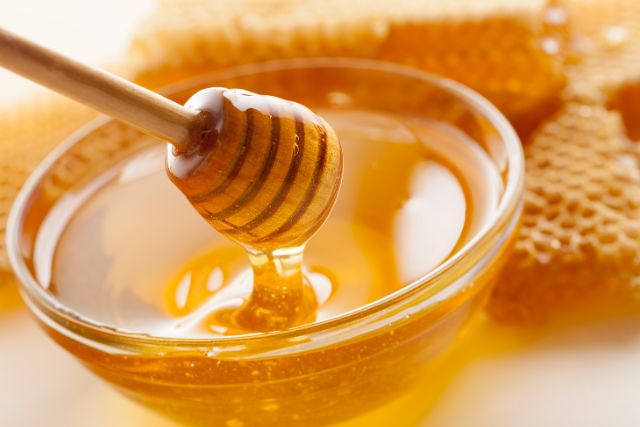
Water: The Source of Life
Just as the Norse respected the sea, so too should the mead maker respect the water used in their brew. Spring or filtered water is best, providing a pure canvas for the honey’s artistry.
Yeast Selection for Fermentation
Yeast is the silent warrior of mead making, transforming honey and water into the drink of legends.
Wild yeasts can be used for a traditional approach, but modern brewers may prefer cultivated strains for consistency and control.
Additional Flavorings: Herbs and Fruits
While honey and water are the pillars of mead, the addition of herbs and fruits can transport your mead to new realms.
Imagine the flavors of juniper berries, the tang of apples, or the warmth of cinnamon, each adding their own story to the brew.
Essential Equipment for Mead Making
Even the most skilled Viking needed the right tools for their voyages. Similarly, the modern mead maker needs their arsenal to craft the perfect brew.
Fermentation Vessels: History and Options
From wooden casks to glass carboys, the vessel you choose for fermentation is not just a container but a crucible of transformation.
Each material offers its own benefits, from the breathability of wood to the sterility of glass.
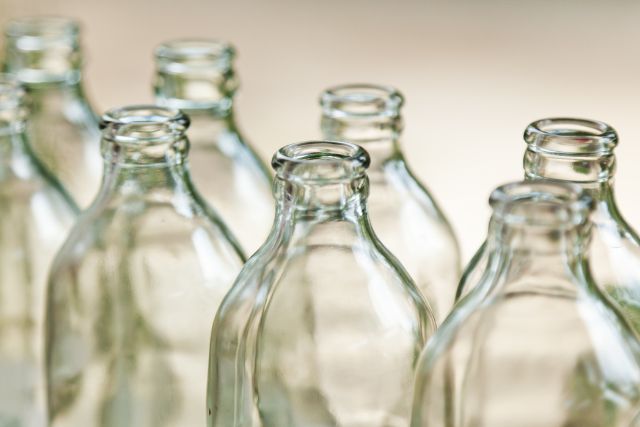
Sanitation: Ensuring Purity and Taste
In mead-making, cleanliness is next to Odinliness. A clean workspace and sanitized equipment prevent unwanted flavors and ensure that only worthy yeasts embark on the fermentation journey.
Measuring and Monitoring Tools
Precision in measurement can be the difference between a mead fit for a king and one better left to the trolls.
Tools like hydrometers and thermometers help monitor the mead’s progress, guiding it to perfection.
The Mead Making Process: A Step-by-Step Guide
With our ingredients and equipment at the ready, let’s delve into the sacred process of brewing mead, a ritual that connects us with centuries of tradition and innovation.
Preparing Your Ingredients
Begin by mixing your honey with warm water until fully dissolved. This simple act of blending symbolizes the start of something magical, the first step in a journey of transformation.
The Fermentation Process: From Sweet to Strong
Once your honey-water mixture is ready, introduce your yeast. This is where the magic truly begins, as the yeast awakens to consume the sugars, leaving behind alcohol and a tapestry of flavors.
Racking and Aging: The Key to Complexity
Patience is a virtue in mead-making. After the initial fermentation, transferring your mead to a new vessel to age will develop its depth and character, much like the sagas of old that grew in the telling.
Bottling Your Mead
When your mead has matured, it’s time to bottle your creation. This final step is a rite of passage, sealing the essence of the gods into each bottle, ready to be shared or savored in solitude.
Troubleshooting Common Mead-Making Issues
Even the mightiest Vikings faced storms at sea. Similarly, mead-making can encounter its own challenges, but fear not! With a bit of knowledge, these can be easily overcome.
Stuck Fermentation: Causes and Solutions
If your mead refuses to ferment, it may be a sign of too cold a climate for your yeast, or perhaps an imbalance in nutrients. Gentle warmth and patience can often coax it back to life.
Off-Flavors and How to Avoid Them
Off-flavors can be a sign of contamination or poor ingredient quality. Trust your senses; if something smells amiss, it likely is. Prevention lies in cleanliness and careful selection of ingredients.
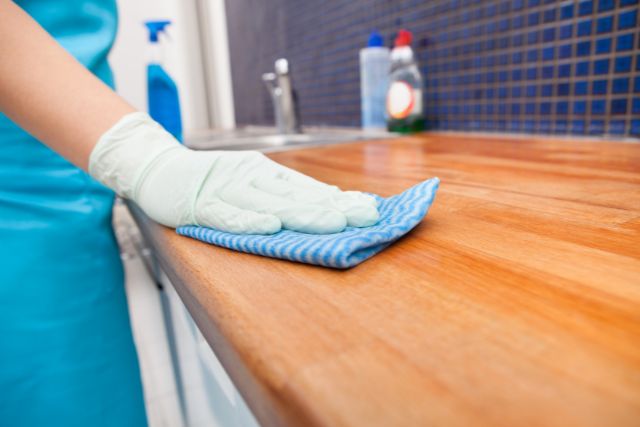
Clarity Concerns and How to Address Them
A cloudy mead can cloud your spirits, but clarity often comes with time. Allowing your mead to age peacefully can clear up most turbidity, revealing the golden elixir beneath.
Preserving and Serving Your Viking Mead
Your mead, like a Viking longship, is now ready to sail into the halls of history. But before it embarks on its journey to your lips, let’s ensure it arrives in the best condition.
Storage Tips for Optimal Aging
Store your mead in a cool, dark place, much like the hidden treasures of the Norse. This will allow it to age gracefully, developing richness and complexity over time.
Serving Suggestions: Temperature and Pairings
Mead shines brightest when served with the same care it was crafted.
A slightly chilled mead can refresh the palate, while its flavors can complement a feast worthy of Valhalla, from hearty meats to delicate desserts.
Creating Your Own Mead Tasting Event
Sharing mead is sharing history. Gather your clan and host a tasting event, comparing notes and flavors. It’s a splendid way to celebrate your hard work and the timeless tradition of mead-making.
Exploring Mead Variations and Recipes
With the basics under your belt,
the realm of mead is yours to explore. From the traditional to the innovative, each batch is an opportunity to experiment and discover.
Traditional Viking Mead Recipe
Start with a simple, time-honored recipe: honey, water, and yeast, fermented under the watchful eyes of the Norse gods. This foundation offers a direct link to the past, a taste of history.
Experimenting with Modern Twists
Once you’ve mastered the basics, why not venture into new territories? Add fruits, spices, or even wood chips for aging. Each variation opens a new chapter in your saga of mead-making.
Seasonal and Experimental Mead Ideas
Let the seasons guide your brewing. Spring flowers, summer fruits, autumn harvests, and winter spices can all find their way into your mead, each batch reflecting the cycle of the year.
The Cultural Revival of Mead: From Vikings to Modern-Day
Mead’s journey from the Viking halls to our modern tables is a testament to its enduring appeal.
This ancient beverage has found new life in the craft beverage movement, connecting us with our ancestors in each sip.
Mead Festivals and Competitions
Today, mead makers and enthusiasts gather at festivals and competitions, celebrating the art and craft of mead making.
These events are a vibrant part of the mead community, a place to share, learn, and honor the traditions of the past.

The Role of Mead in Today’s Craft Beverage Scene
Mead stands shoulder to shoulder with craft beers and artisanal wines, a unique offering in the world of beverages. Its versatility and rich history make it a fascinating subject for exploration and enjoyment.
Mead Making as a Community and Cultural Connector
In brewing mead, we weave a thread connecting us to the Vikings and their storied past.
This shared heritage creates a sense of community among mead makers and drinkers alike, a celebration of our collective history.
Conclusion: The Legacy of Viking Mead Today
As our journey concludes, remember that mead-making is more than a craft; it’s a connection to history, a tribute to the Norsemen who roamed the seas and celebrated life with their golden drink.
Embrace the adventure, experiment boldly, and may your mead flow as freely as the tales of old. Skål!

